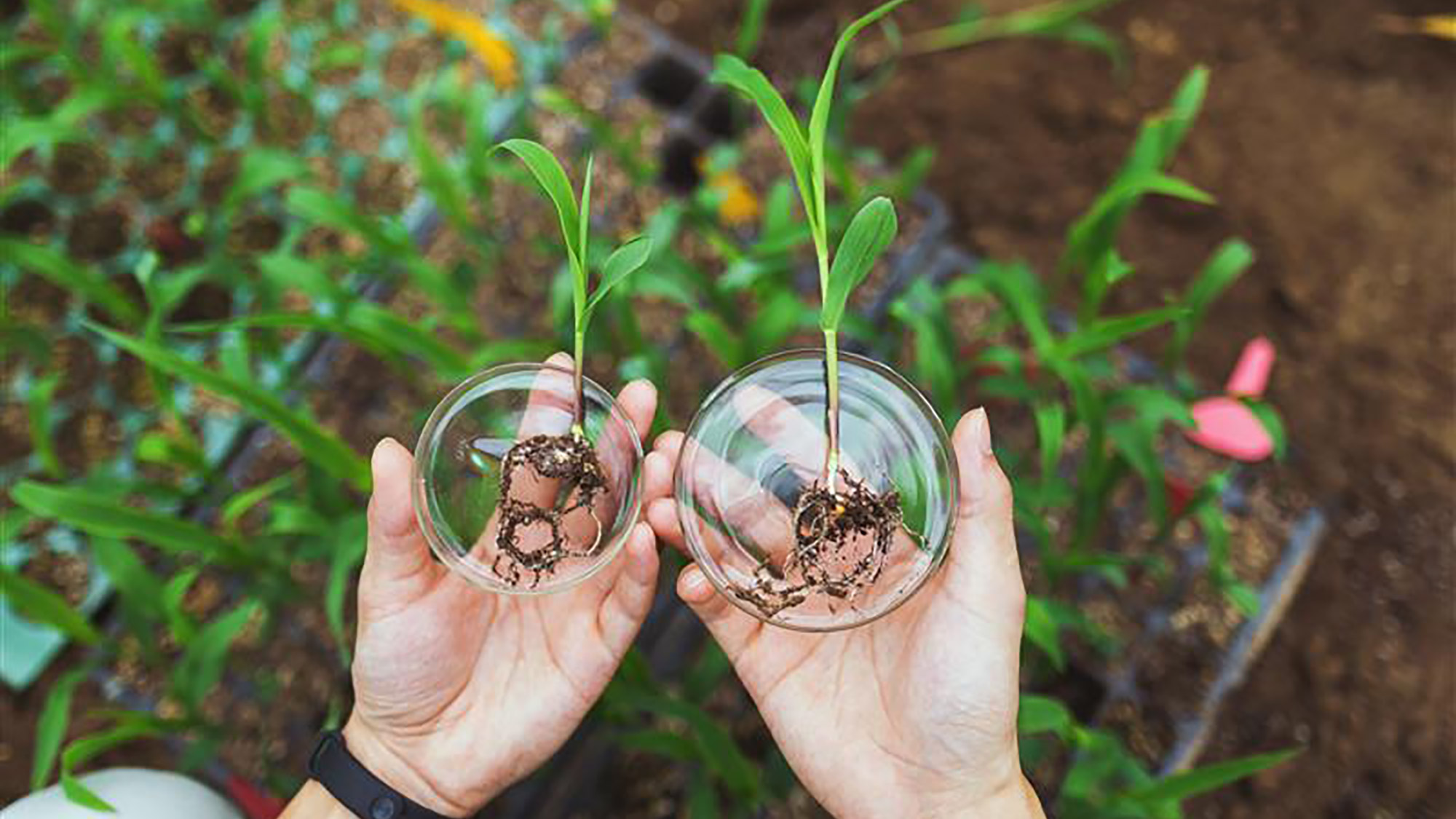The EU Fertilizing Products Regulation: Providing Plant Biostimulants a Pathway to the EU Single Market

16 Jul 2025
The Fertilizing Products Regulation (FPR), which came into effect on 16 July 2022, sets the rules for the safety, quality, and labelling of fertilizer products within the EU and provides a pathway for the free movement of these products across member states. Importantly, it provides a pathway for plant biostimulants to enter the EU Single Market.
Overview of the FPR and Its Requirements
Manufacturers and importers of fertilizer products intended for use in the EU must comply with the FPR. The regulatory requirements depend on the categories into which the product and its ingredients fall. To this end, the FPR annexes provide data requirements for:
- Product function categories (PFCs), which are applicable to the fertilizer product as a whole; and
- Component material categories (CMCs), which are applicable to the individual ingredients of the product.
A dossier must be prepared for each fertilizer product to address the PFC and CMC requirements. The dossier is to be kept on file by the manufacturer or importer, and, depending on the fertilizer product, can be used to support its CE mark certification.
Under the FPR, fertilizer products must bear a CE mark to demonstrate adherence to the regulation. The CE mark also allows access to the EU Single Market. Some fertilizer products must have their dossiers reviewed by a notified body (typically a private company that has been authorized to review notifications under a specific regulation) before the CE mark can be placed on the product, while others can bear the CE mark without this external review, in which case it is the manufacturer/importer’s responsibility to ensure that the product conforms to the regulation and that the proper documentation is kept on file.
Microbial plant biostimulants are covered under Category PFC 6(A) of the FPR and contain only the microorganisms identified in the positive list in CMC 7: Azotobacter spp., Mycorrhizal fungi, Rhizobium spp., or Azospirillum spp. Microbial plant biostimulants that contain microorganisms not listed in CMC 7 are outside the scope of the FPR, and local member state regulations may apply to these products. In light of this shortcoming, the European Biostimulants Industry Council has published a position paper on the taxonomic limitations imposed by the short positive list, and they are actively working towards the expansion of the definition of CMC 7.
Intertek Is Here to Help!
Regulations surrounding plant biostimulants continue to evolve, and this evolution may have profound impacts on your business. Do you have questions about this topic or related topics? The experts at Intertek Assuris can assist you with navigating complex fertilizer regulations in the EU and globally.
References
European Biostimulants Industry Council. (2022). The Fertilising Products Regulation should allow microbial plant biostimulants to access the EU market in a way that fosters innovation. European Biostimulants Industry Council. Retrieved from https://biostimulants.eu/wp-content/uploads/2022/04/20220401-EBIC-MO-PositionPaper-v7-final.pdf
Regulation (EU) 2019/1009 of the European Parliament and of the Council of 5 June 2019 laying down rules on the making available on the market of EU fertilising products and amending Regulations (EC) No 1069/2009 and (EC) No 1107/2009. (2019). Retrieved from https://eur-lex.europa.eu/eli/reg/2019/1009/oj
